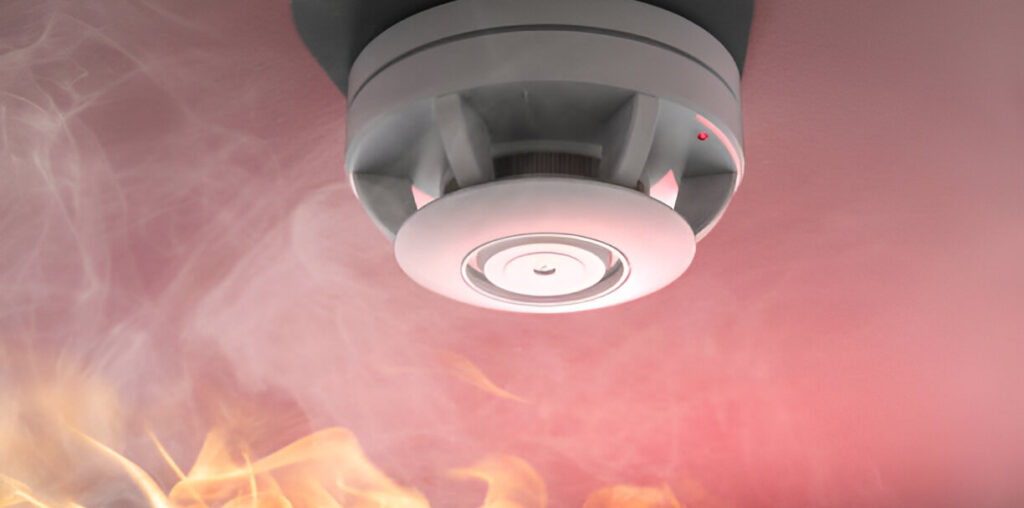Introduction
Fire safety is a non-negotiable aspect of any workplace. Yet, it’s often overlooked until it’s too late. A Fire Risk Assessment is not just a legal obligation in many countries—it’s a proactive step to safeguard lives, assets, and continuity. Whether you’re a small business owner or managing a large facility, understanding and implementing a comprehensive fire risk assessment can make the difference between a minor incident and a catastrophic disaster.
What Is a Fire Risk Assessment?
A Fire Risk Assessment (FRA) is a systematic evaluation of a building to identify fire hazards, evaluate risks, and determine appropriate fire safety measures. It considers all elements that could potentially lead to a fire and assesses the effectiveness of current fire prevention and evacuation strategies.
Key Components of a Fire Risk Assessment Include:
-
Identifying potential fire hazards (e.g., flammable materials, faulty wiring)
-
Recognizing people at risk (e.g., employees, customers, vulnerable individuals)
-
Evaluating existing fire safety measures
-
Creating or updating emergency evacuation plans
-
Recording findings and implementing recommendations
-
Reviewing the assessment regularly or after significant changes
Why Is Fire Risk Assessment Important?
-
Legal Compliance
In many countries, fire safety laws mandate that businesses perform a Fire Risk Assessment and keep it up to date. Non-compliance can result in hefty fines or even prosecution. -
Protecting Lives
The primary goal of a Fire Risk Assessment is to ensure that everyone in the building can evacuate safely in the event of a fire. It’s about preventing injury and loss of life. -
Minimizing Property Damage
Identifying fire hazards early can prevent costly damage to property, equipment, and inventory. -
Business Continuity
A fire can bring operations to a halt. A proper FRA includes contingency planning to help the business recover quickly and resume operations. -
Insurance Requirements
Insurance providers may require a current Fire Risk Assessment as part of your coverage agreement. A thorough FRA can also influence premiums and claim processes.
Who Should Carry Out a Fire Risk Assessment?
While business owners are ultimately responsible, it’s best to hire a qualified fire safety professional. They bring expertise, impartiality, and up-to-date knowledge of fire safety regulations. For smaller, low-risk environments, a competent person within the business may be sufficient.
How Often Should a Fire Risk Assessment Be Reviewed?
Regular reviews are essential. Update your Fire Risk Assessment:
-
Annually (at minimum)
-
After a fire or near-miss
-
When significant changes occur in layout, operations, or staffing
-
If new hazards are introduced (e.g., new equipment or chemicals)




